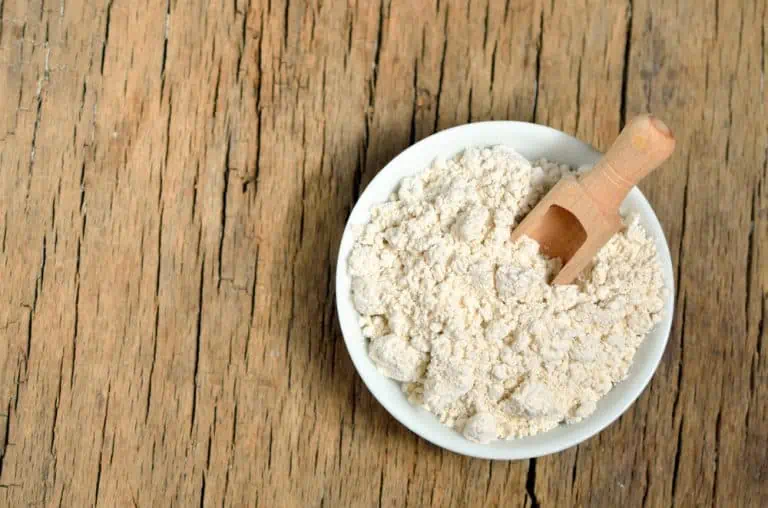Poison Ivy Rash: The 6 Best Home Remedies

Even if you know exactly what the poison ivy plant looks like (“leaves of three, let it be”), it’s easy to stumble into a patch of it without noticing. Your mistake may become clear hours or days later, when the poison ivy rash appears, complete with redness, intense itching and blisters. As far as poison ivy treatment goes, most cases can be tended to at home. If you’re itching to know the best home remedies for poison ivy, look no further.
Below are six dermatologist-recommended home remedies that should help calm the rash and ease the itching.
If the rash hasn’t gotten better after 7 to 10 days or if pus is oozing from it (a sign of infection), make an appointment with your dermatologist, who might prescribe a prescription corticosteroid or an oral antibiotic. If you have a severe allergic reaction to poison ivy, see a doctor right away or go to the emergency room. Signs of a severe reaction include facial swelling, a fever, itching that gets worse or prevents you from sleeping, a rash around your mouth, genitals or one or both eyes, and a rash that covers most of your body.
1. Calamine lotion
This distinctive pink lotion contains zinc oxide, which relieves itching by creating a cooling sensation when it evaporates from your skin. Wash your skin first. Shake the calamine lotion bottle, apply some lotion to a cotton ball or pad, gently apply it to the rash area and let it dry. Don’t bandage your skin or wrap it with anything. You can reapply calamine lotion every six to eight hours.
2. Hydrocortisone cream
A topical steroid, hydrocortisone cream stops the release of inflammatory substances that cause the itching, redness and swelling of poison ivy rash. Dab a thin layer onto the affected area and rub it in gently two to three times a day. Wash your hands afterward. Again, don’t bandage your skin or wrap it with anything. Don’t use a hydrocortisone product for more than a week unless your doctor instructs you to.
3. An oral antihistamine
Over-the-counter allergy medicines such as Zyrtec, Allegra, Claritin and Benadryl can help calm inflammation and itching. So-called “first generation” antihistamines, such as Benadryl, cause drowsiness and are particularly helpful when taken at night if the itching makes it hard to sleep. Don’t use an antihistamine cream or lotion, however, as these can make the rash worse.
4. Short, lukewarm baths or cool showers
If you take baths, add a colloidal oatmeal treatment to the bath water to soothe your skin and reduce itching. You can buy these at your local pharmacy (Aveeno Soothing Oatmeal Bath Treatment is one example), or you can make your own. Simply grind uncooked whole oats in a food processor down to a fine powder. Add 1 cup of it to your bath water and soak for 10 to 15 minutes. If you don’t have oats on hand, use 1 cup of baking soda instead.
5. Cool compresses
Soak a clean washcloth in cold water, wring it out, and apply it to the rash to ease the itch and reduce swelling. Leave it on for 15 to 20 minutes and repeat throughout the day.
6. Aluminum acetate gel or powder
Aluminum acetate is an astringent that cools and calms skin conditions such as poison ivy rash. It also has a drying effect on wet or weeping blisters. Aluminum acetate solution is available as a gel, such as TriCalm Hydrogel, and as a powder (Gordon’s Boro-Packs, Domeboro) that you combine with water to create a compress. To make a compress, follow the instructions on the box, then place the compress on the rash for 15 to 30 minutes.
Medically reviewed by Andrew Jaffe, MD, FAAD
Written by Jessica Brown, a health and science writer/editor based in Nanuet, New York. She has written for Water’s Edge Dermatology, Prevention magazine, jnj.com, BCRF.org, and many other outlets.


